Cats have long intrigued humans with their peculiar behaviors and fascinating habits. Among these behaviors, their fondness for cardboard boxes and paper bags stands out. Whether you are a cat owner or just an observer, you might have noticed how irresistibly drawn cats are to these mundane objects. In this article, we’ll explore the scientific and behavioral reasons behind this peculiar feline passion.
Natural Instincts: A Look into Behavior
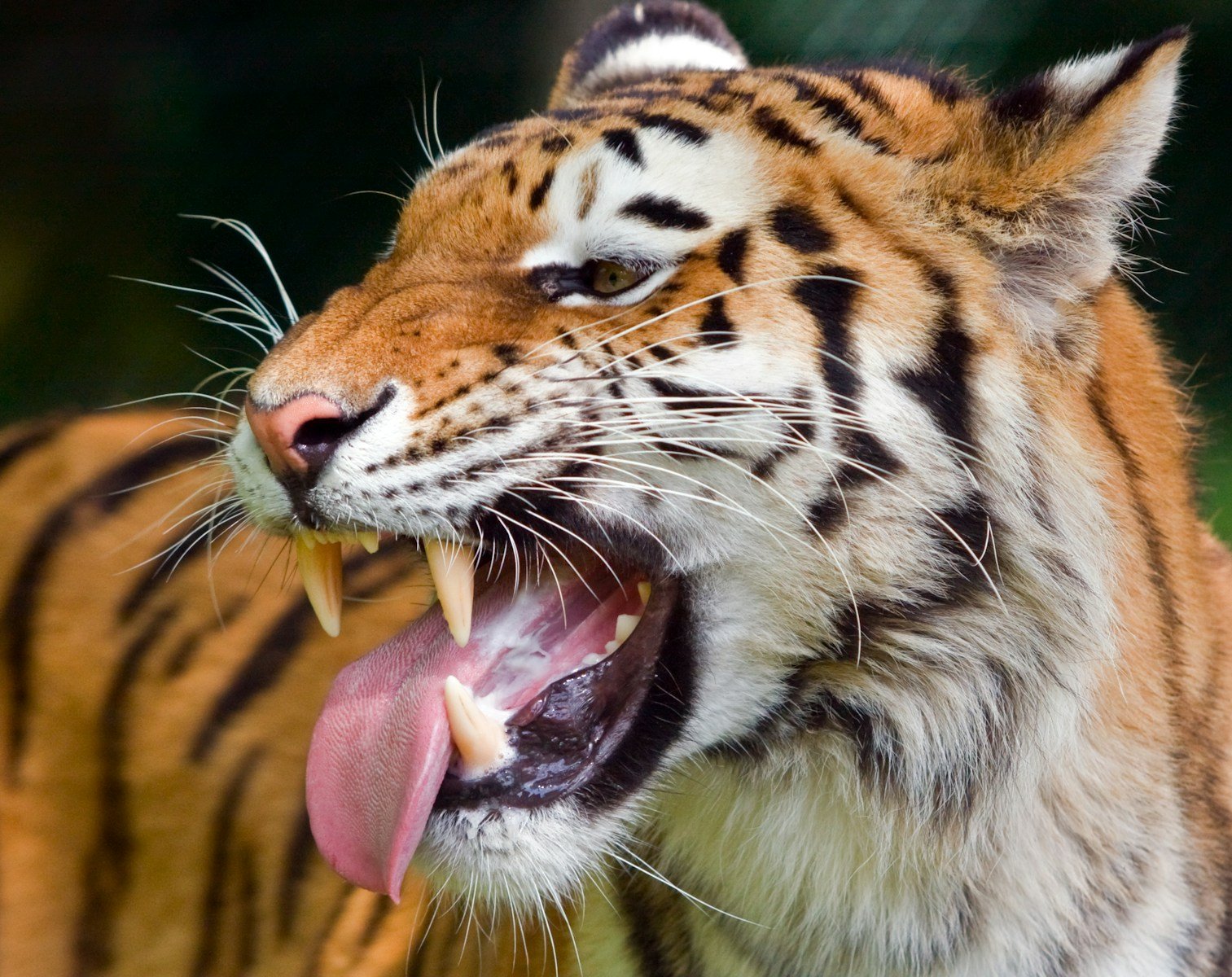
Cats, much like their wild ancestors, are natural hunters. This instinct drives them to seek places where they can stalk or hide from potential threats. Boxes and bags provide a sense of security for cats; they mimic the crevices and shelters in the wild, giving them a perfect hideout. This behavior is deeply embedded in their DNA, allowing them to feel safer as they survey their surroundings.
Understanding the Comfort of Restricted Space
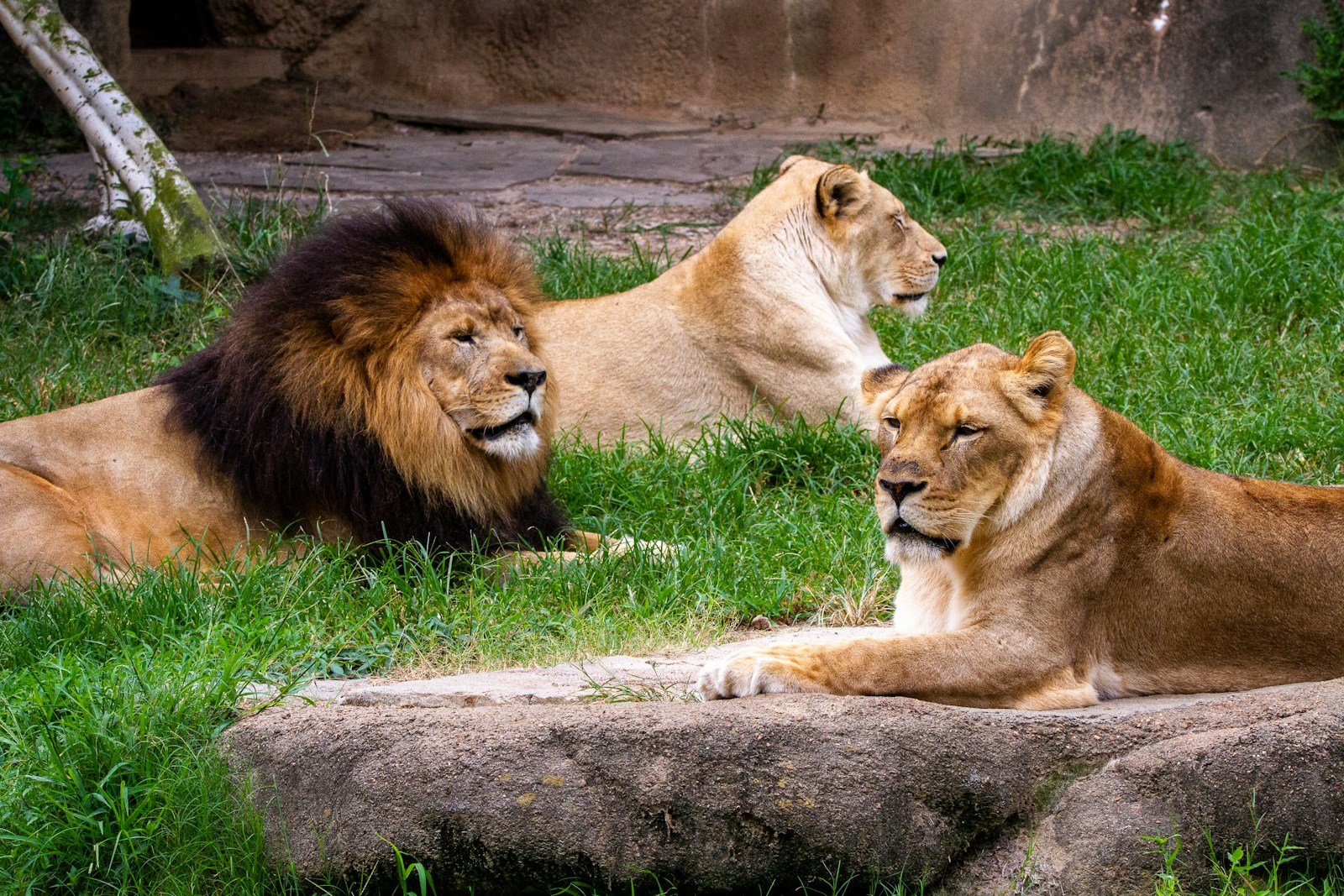
Boxes and bags often offer a confined space that cats find comforting. The enclosed environment is similar to the dens used by their wild counterparts and offers them a safe space to rest while being on alert. This preference for snug spaces is why cats often fit themselves into the smallest of boxes, it’s all about feeling secure.
The Warmth Factor
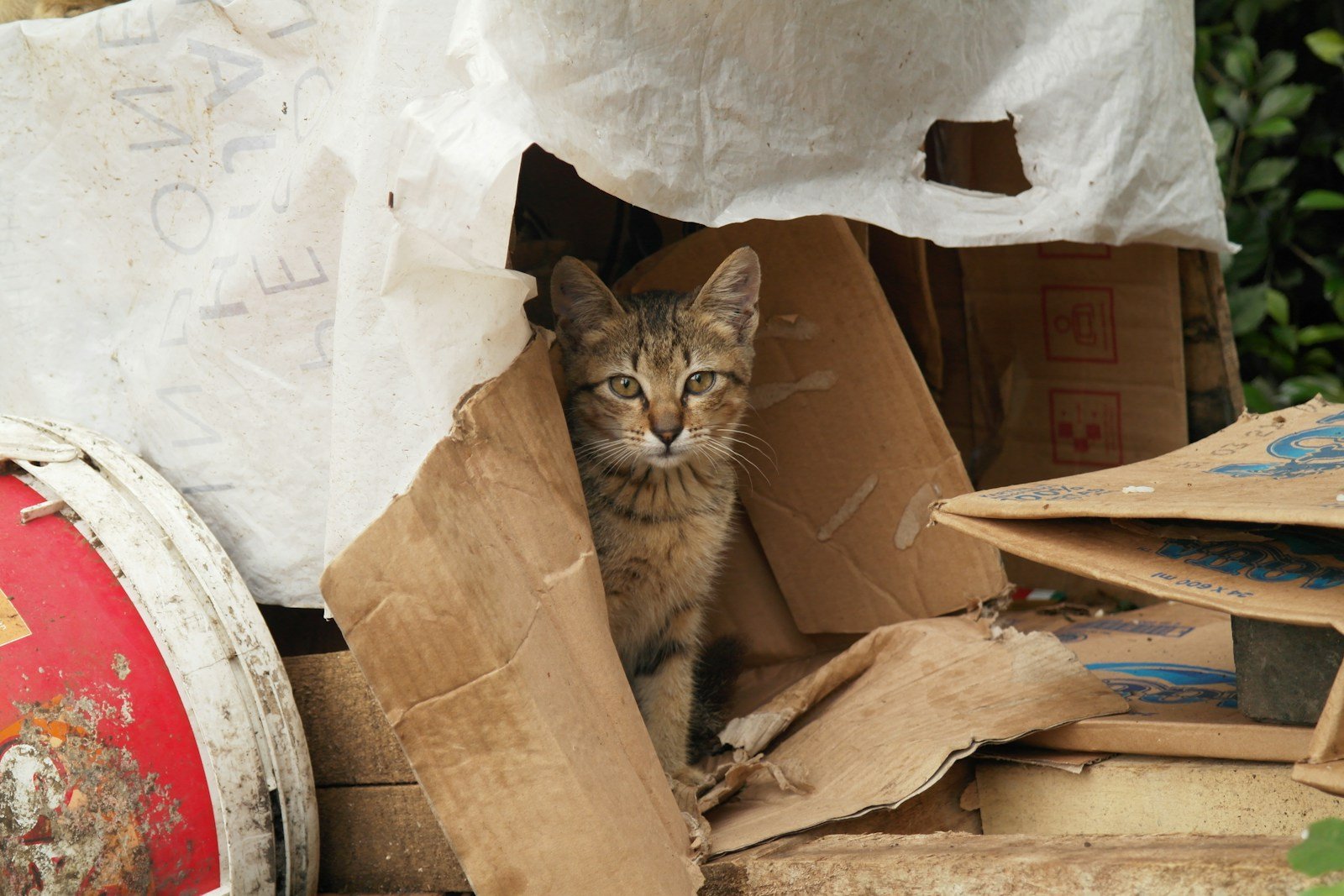
Cardboard boxes and paper bags have the additional benefit of providing warmth. Cats typically have a higher body temperature than humans, and they often seek warm places to maintain their body heat. The insulating properties of cardboard help trap a cat’s body heat, creating a cozy spot for them to curl up.
Exploring the Texture and Material Attraction
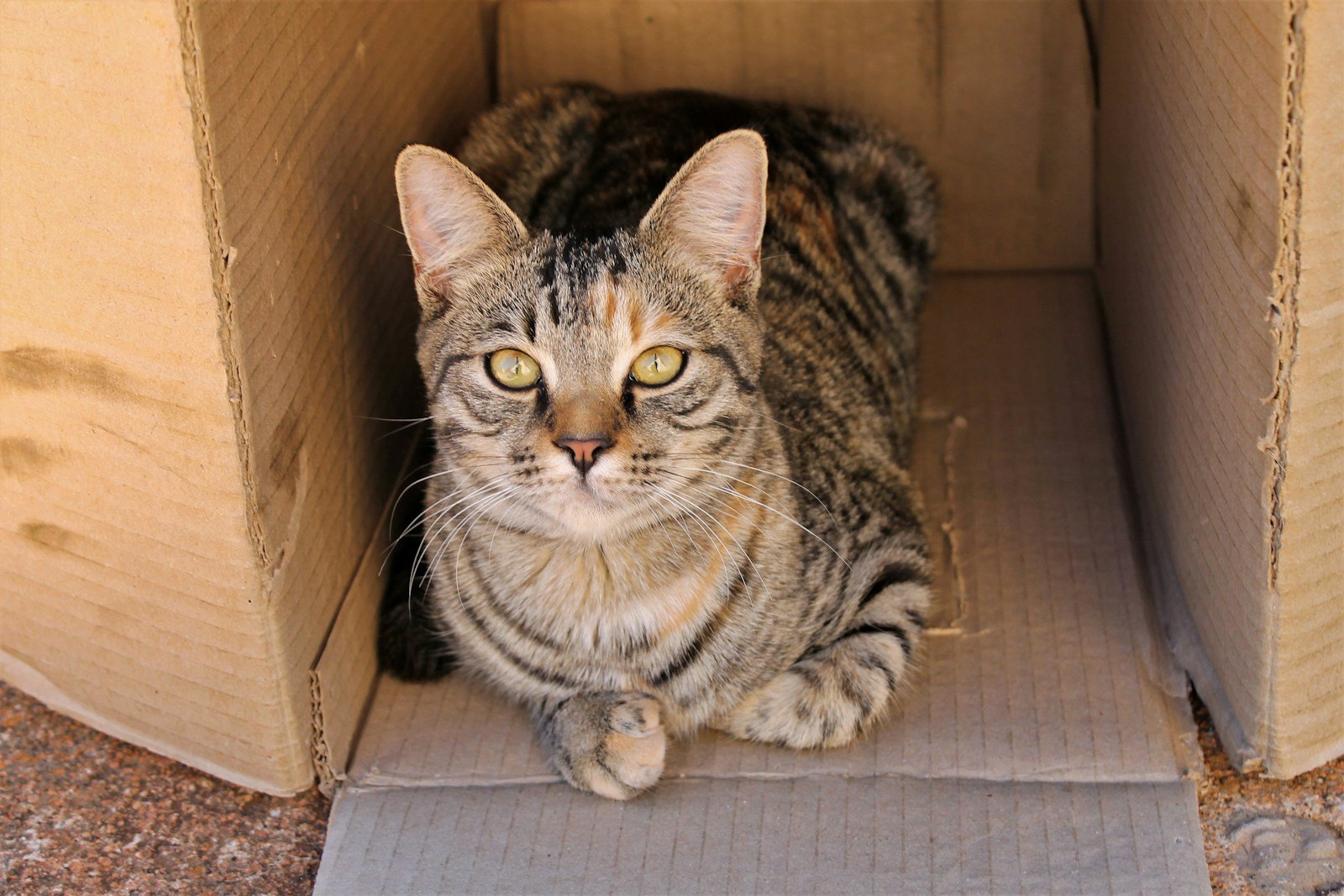
The texture of cardboard and paper is another draw for cats. These materials can be satisfying for a cat to scratch, nibble, or even tear apart, fulfilling their instinctive need to groom their claws and teeth. The sensory pleasure derived from these textures can keep a cat entertained for hours.
Auditory Stimulation and Curiosity

Paper bags in particular offer intriguing auditory stimulation. The rustling sound created by a cat moving in or around a paper bag can mimic the sounds of prey in the wild. This not only piques a cat’s curiosity but also engages their hunting instincts in a playful manner.
Stress Relief and Relaxation
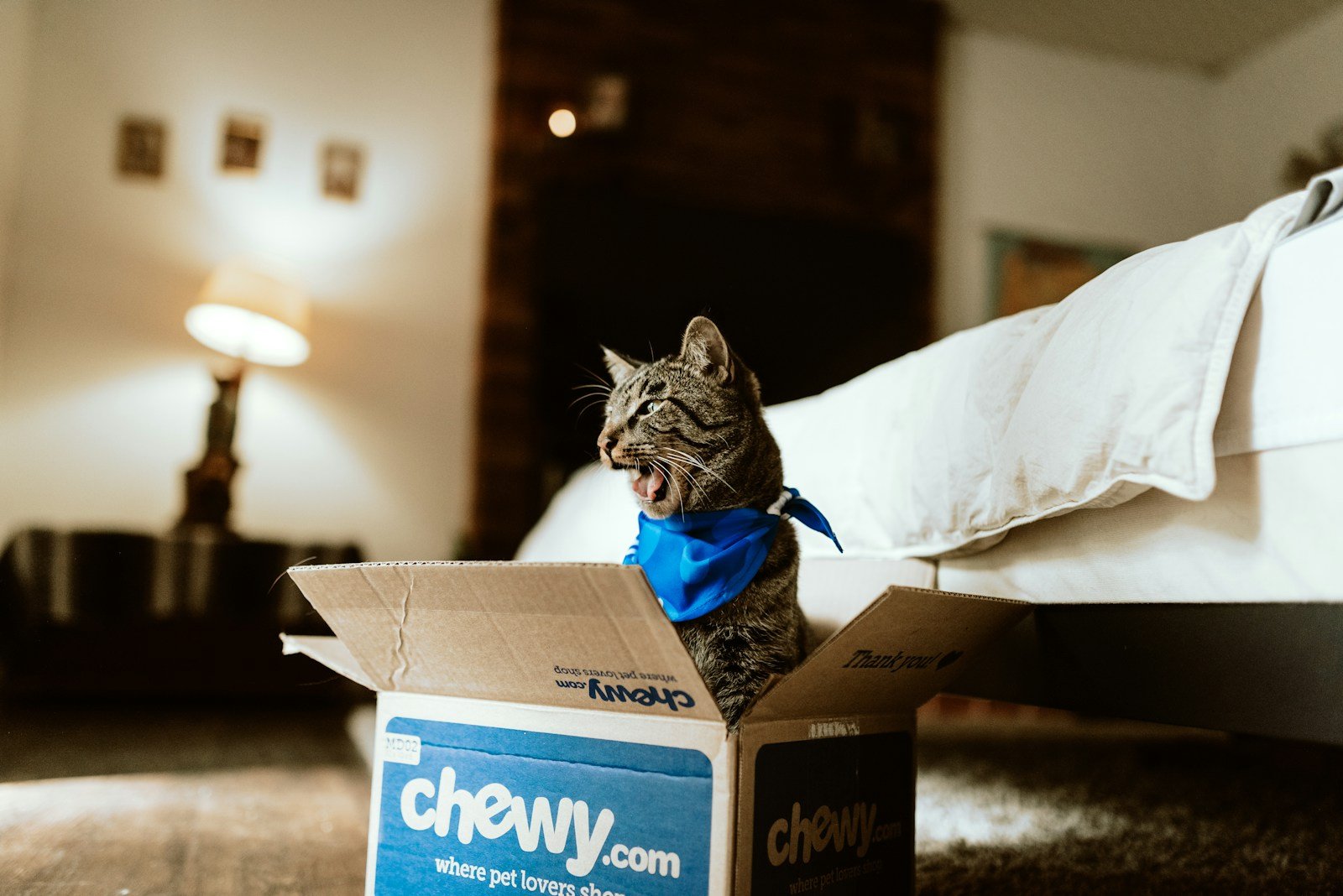
For many cats, spending time in a cardboard box or paper bag is a way to relieve stress. These enclosures offer a retreat from household activity and noise, providing a private space where a cat can relax without being disturbed. This makes boxes and bags a favorite spot for napping.
Social Interaction and Play
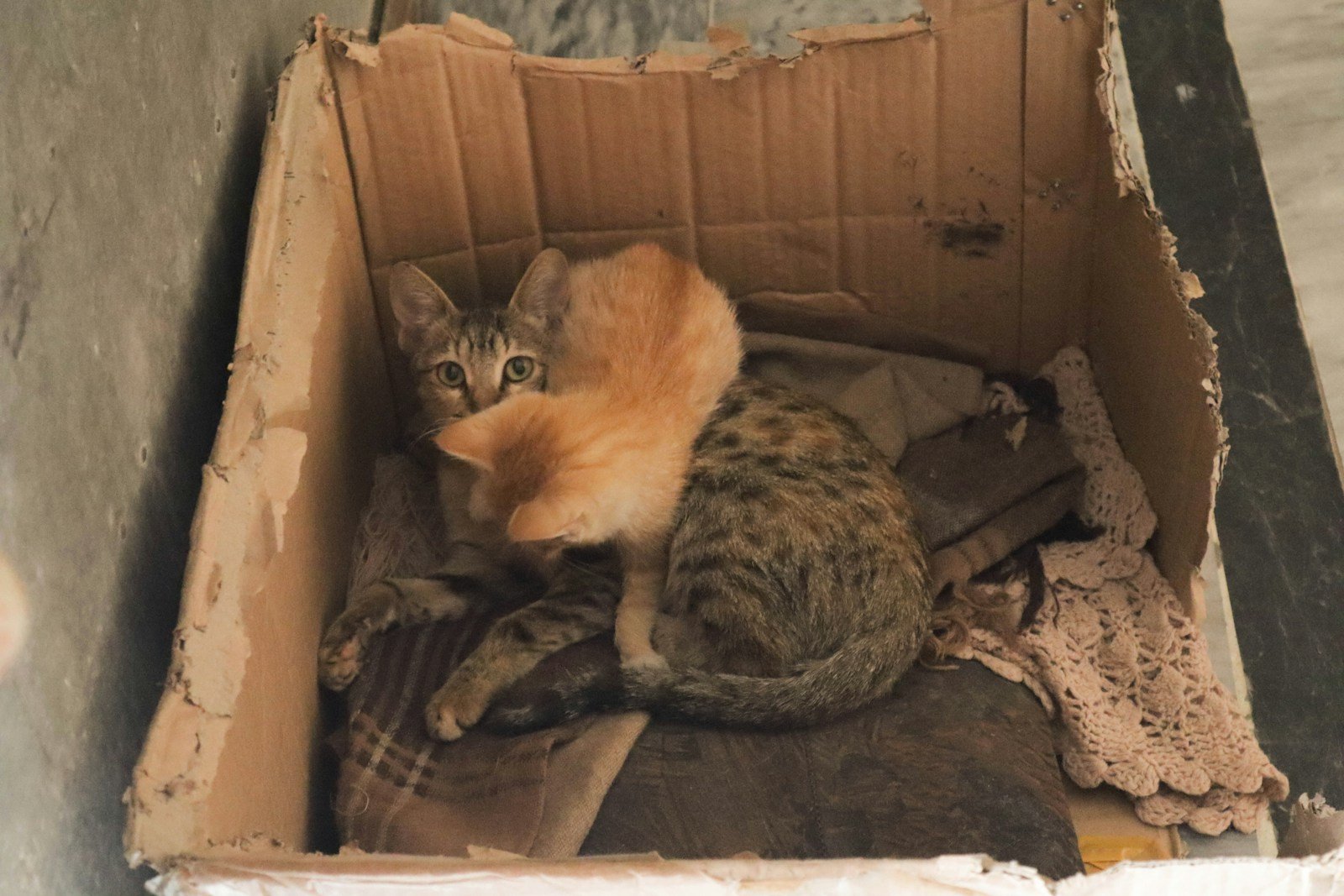
Cats are known for their playful nature, and a box or bag can become the centerpiece for games. Owners often see their cats use these objects as battlegrounds for play fights, ambushing toys, or simply playing hide and seek. This promotes engagement and mental stimulation.
Cat Communication and Scent Marking
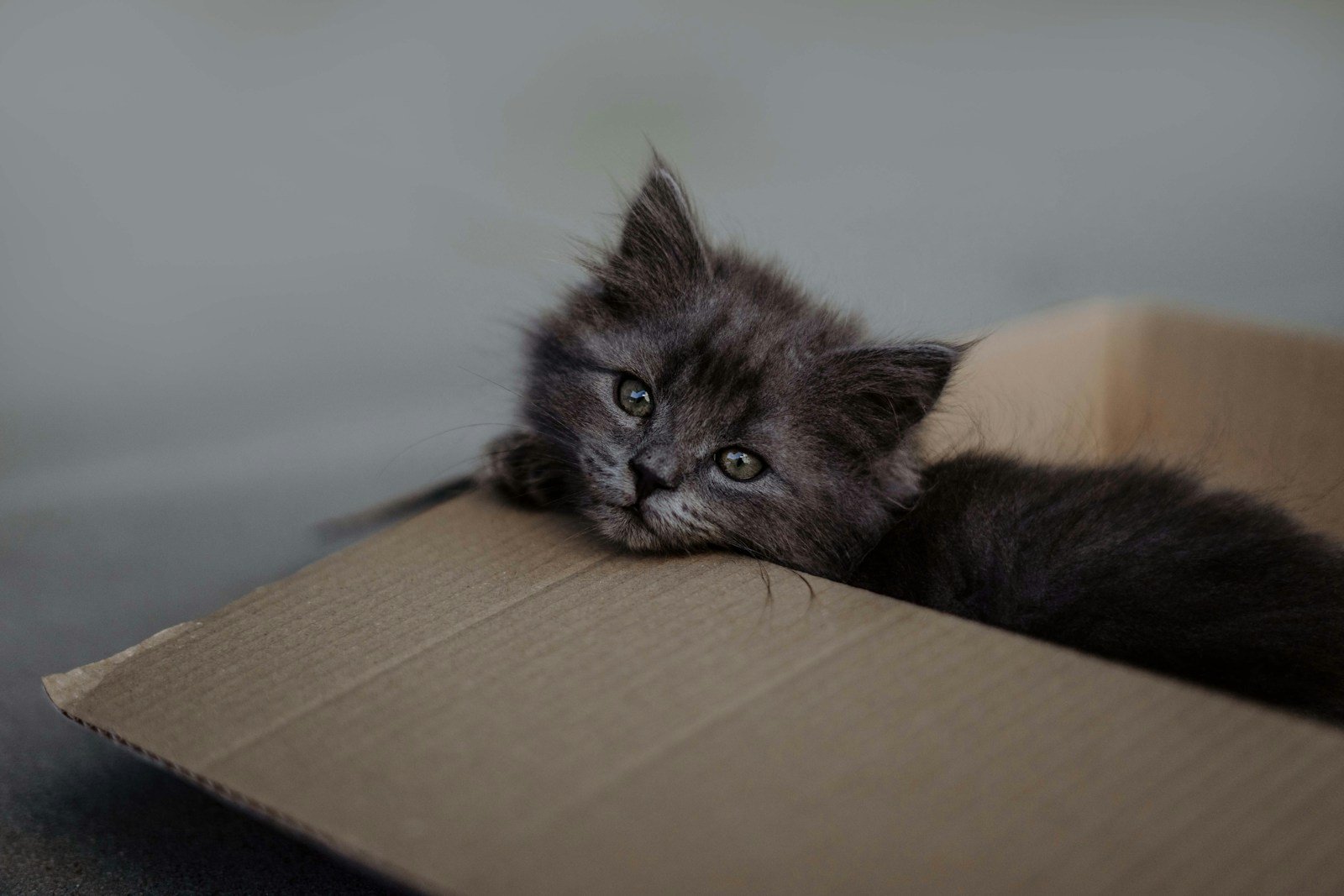
Cats are territorial animals, and they often mark their territory. Since most boxes and bags are new arrivals in the house, cats see these objects as an opportunity to claim their own space. Rubbing their scent glands against the materials is a way to communicate ownership to other animals.
Scientific Studies and Observations
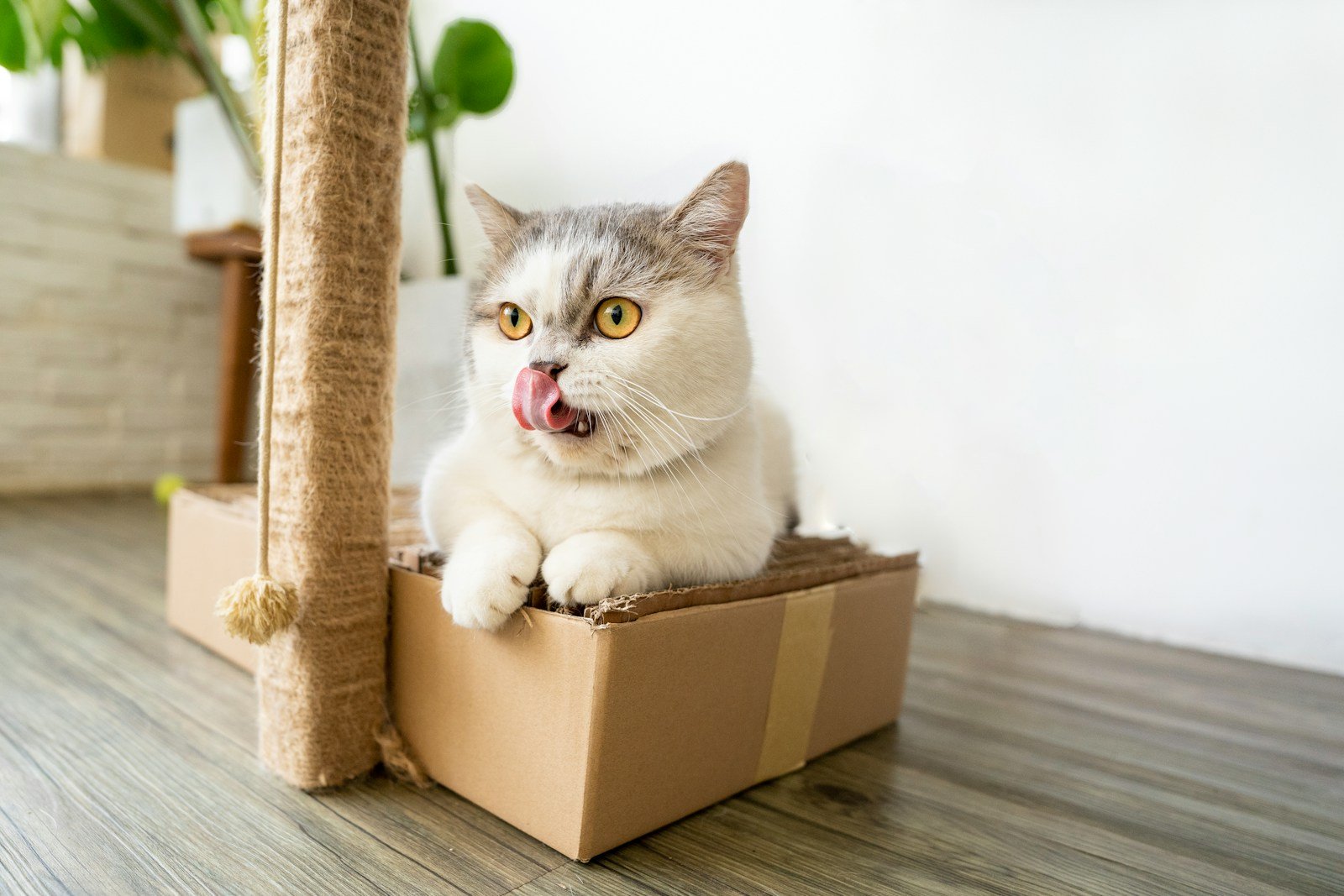
Research has been conducted to understand the phenomenon of cats and their attraction to boxes. A study by the University of Utrecht found that providing shelter-like boxes in a shelter environment reduced cat stress levels, thereby reinforcing the idea that these objects serve a psychological purpose.
Conclusion: Embracing Your Cat’s Quirkiness
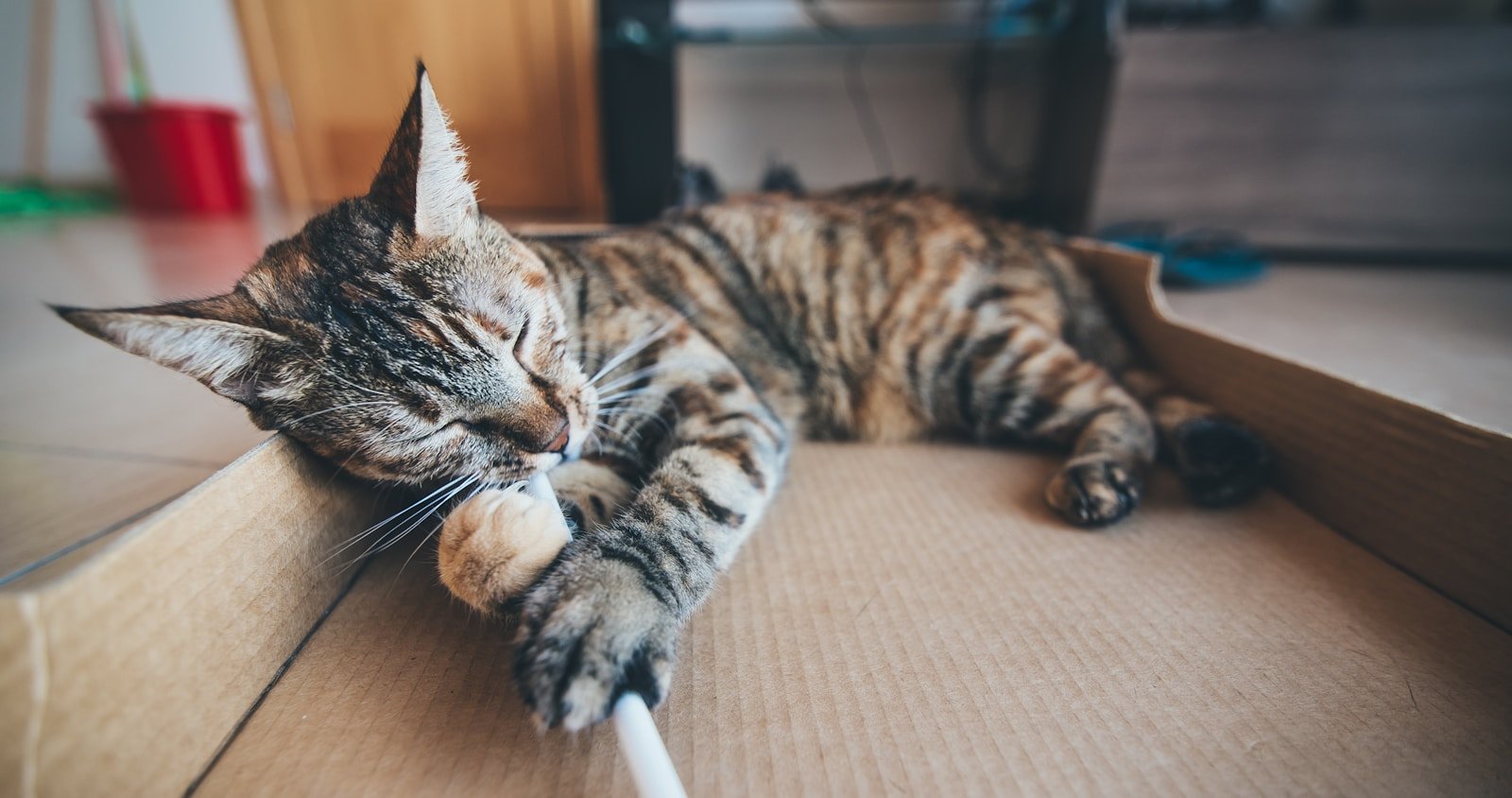
The fascination cats have with cardboard boxes and paper bags is deeply rooted in their instincts, behaviors, and physical needs. Understanding these reasons can help cat owners appreciate their pets’ peculiar habits and promote enriching environments for them to explore. So, the next time your feline friend curls up in a box or paper bag, you’ll know it’s not just play, it’s a matter of instinct and comfort.
Hi, I’m Bola, a passionate writer and creative strategist with a knack for crafting compelling content that educates, inspires, and connects. Over the years, I’ve honed my skills across various writing fields, including content creation, copywriting, online course development, and video scriptwriting.
When I’m not at my desk, you’ll find me exploring new ideas, reading books, or brainstorming creative ways to solve challenges. I believe that words have the power to transform, and I’m here to help you leverage that power for success.
Thanks for stopping by, Keep coming to this website to checkout new articles form me. You’d always love it!






